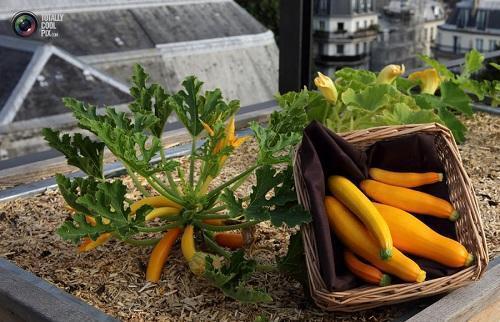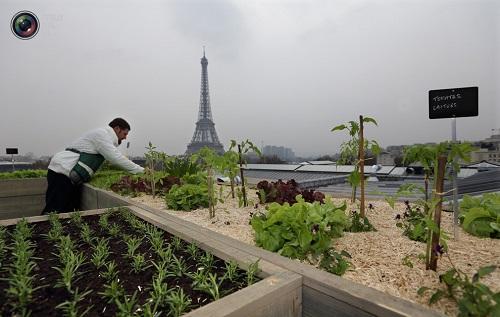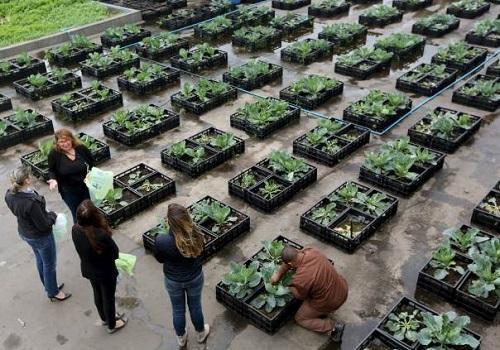Is it possible to make a roof garden?
Today, many townspeople grow various greens, and even tomatoes, on their windowsills. But such a crop can be eaten in one go. If you want to stock up on food for the winter, and there is a suitable roof - why not? It is quite possible to create a rooftop garden in an urban setting.

Pros and cons of a rooftop garden
The main advantage of a rooftop garden is an increase in the length of daylight hours, which has a beneficial effect on light-loving plants (tomatoes, eggplants, peppers). In addition, it is always warmer on the roof and good air circulation. And since a specially disinfected substrate is used, the incidence of plant diseases is reduced.
Of course, such a garden has its drawbacks. First of all, this is the complexity of care - after all, you have to carry everything you need on the roof in your hands.
Planted on the roof should be annual plants with a shallow root system.
With tuberous crops such as potatoes better not to risk it. They require a deeper soil layer, which will increase the load on the roof.

The principles of arranging a roof garden
When laying a "high-rise" garden, it is necessary to take into account the condition of the roof and the strength of the floors. The most reliable will be reinforced concrete structures. The roof should have an angle of inclination of no more than 30 degrees so that the area is not washed away by rain.
The roof is laid in layers:
- Waterproofing. So that the roof does not suffer as a result of irrigation, an ordinary film, polymer membranes or liquid rubber are laid directly on the roof covering or a special wooden base.
- Root barrier. To prevent the waterproofing from being damaged by growing roots, aluminum foil is laid on top.
- A drainage layer is created for the free flow of water. It also retains the amount of water required for root growth. This is especially important on flat roofs where water is constantly stagnant. For drainage, use medium and large expanded clay. Or you can take a special drainage and storage element for greening the roof. The holes made in it prevent water stagnation and provide ventilation for the root system.
- The filtration layer is a dense geotextile, which takes care that the drainage does not become clogged and does not mix with the soil.
- Geogrid is a lightweight plastic construction with cells. It will fix the garden on a flat roof and prevent it from slipping.
- Fertile substrate. Neutral is best. peat with fertilizers and small expanded clay. The soil used must be light and porous. The layer thickness depends on the type of crop being grown. For raspberries and blackberries, it will be at least 40 cm.
As an alternative to the "puff" garden, you can use wooden boxes of various designs and place them on the roof at will. They are filled according to the same principle. It is recommended to plant plants of the same type in one box.
